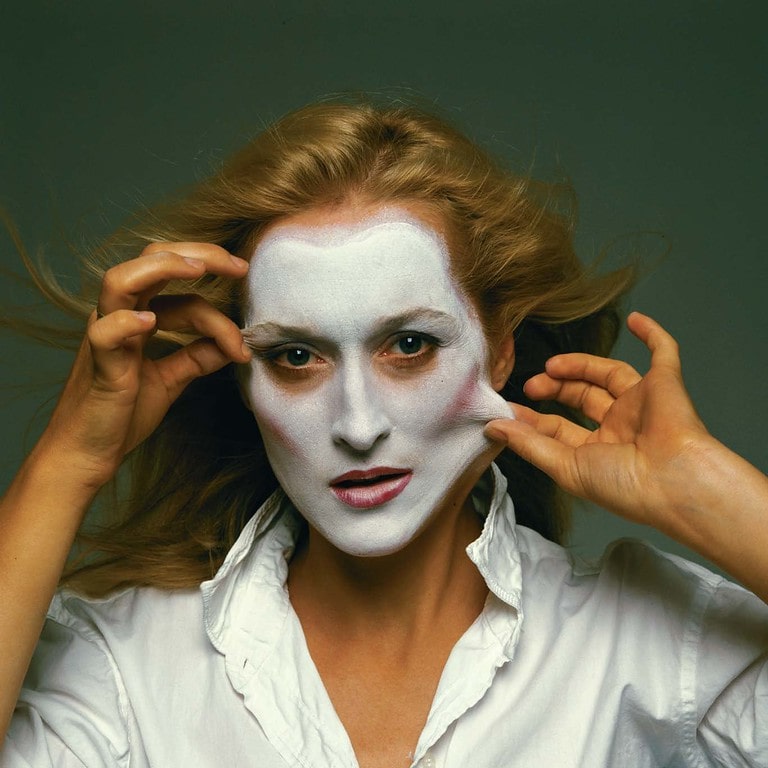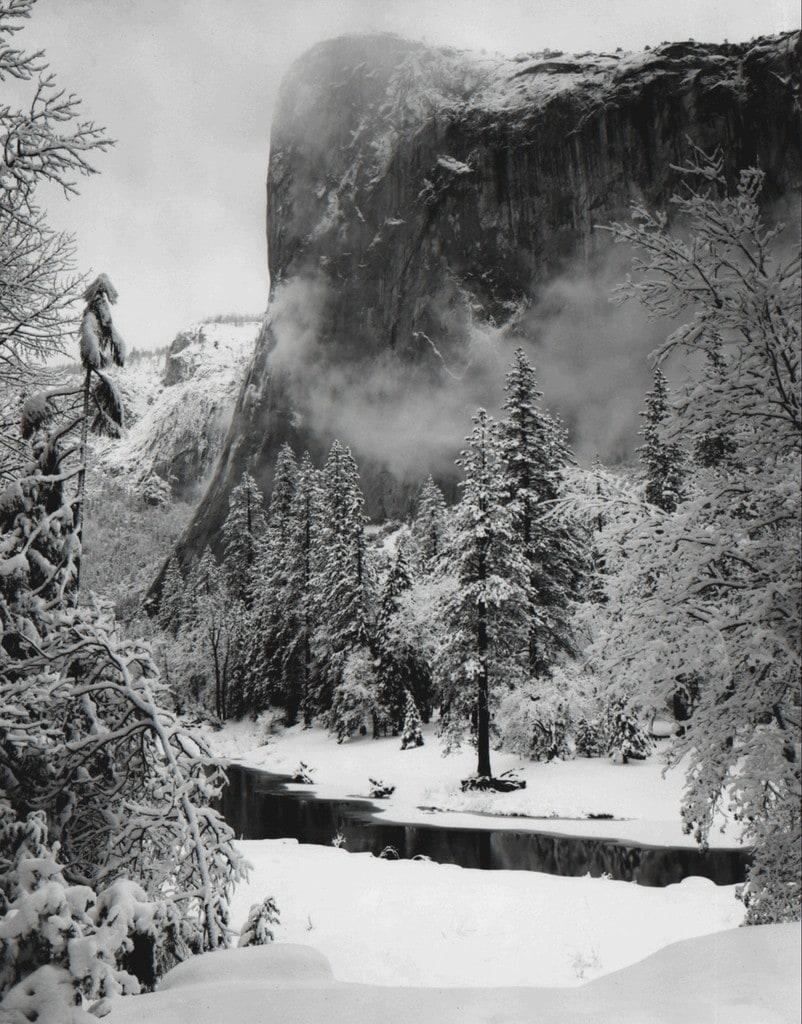Fine art photography is an artistic form of photography that has been gaining popularity over the past few decades. It offers a unique way to capture moments and memories, using creative techniques to produce beautiful works of art.
This article will provide you with the basic knowledge needed to understand the elements of fine art photography and tips on creating memorable pieces of your own.

Definition of Fine Art Photography
The definition of Fine Art Photography goes beyond technique because it centers on the means of self-expression rather than technical skills.
Fine art photography is a type of photography that focuses on creating aesthetically pleasing images, often with an emphasis on composition and form. It typically involves using creative techniques to capture unique or unusual subject matter. Fine art photography can be used to express emotions, capture a moment in time, or tell a story. It is often characterized by its artistic merit and creative vision.
Photography as an art form is recognized when the purpose of it touches the ground of plasticity, and it can be justified with a proper and solid statement by the photographer.
This world is complex and behaves in strange ways.
How Fine Art Photography Works
Following the fact that Fine Art Photography answers a creative and self-expressive mean, it also has to do with the cultural value the pieces have. The Art World works similar to the stock market, but with a free market figure, therefore there are no regulations attached to its way of behaving.

Whether you like or not, Fine Art is about business because it produces revenue, and is obviously seen as an investment by its collectors. One of the main reasons people pursue photography as a professional career that will lead to a sustainable way of doing something they love is because it can produce revenues if things are done right. These are three of the major branches of photography that people pursuing a professional career will eventually look at:
- Stock Photography: This is oriented to a licensing business model instead of just one client oriented productions.
- Commercial Photography: Here the product or service is done around the needs of the client, of course, the costs of producing it, and the revenue as a producer of it.
- Fine Art Photography: In this model, the value is usually defined after the product has been made. The needs of the work usually answer an artist statement and not a client.
Hard enough, it is also important to know about the criteria curators’ base their choices on when talking about Fine Art Photography.
History of Fine Art Photography
Fine Art Photography has endured a rocky road in the world of Art because it started to be seen as a chemical procedure more than a way of self-expression.

Photography started with trials and errors, and history has acknowledged that the image was taken by Joseph Nicephore Niepce in 1826 to be the First Photograph ever to maintain stability against the elements. Decades had to come to finally hear from the critics of the art world and even the general public, an official recognition of photography as an art form.
In a bold effort to have Photography recognized as a form of high art, some enthusiasts came up with the idea of founding a well-respected by now institution called the Royal Photographic Society in 1853. Around the globe, several societies started to bloom, and they all pursued the same cause.
In the twentieth century, the photographer and gallerist Alfred Stieglitz did a lot to promote Photography as a form of fine art. He was the founder of a group called the Photo-Secession, and in even bolder movement, he founded a gallery that specializes in fine art photography.

Even though today Photography is well respected by many people around the arts, there is still a great mass that argues differently. Another person that made a great effort of pursuing that state of the art that photography nowadays has, is John Szarkowski.
Modern and Contemporary Photography wouldn’t be what it is today in terms of art if it wasn’t for the devoted, passionate and intense work of John Szarkowski. He was an important curator at MoMA, and he centered his vision on photography, making it even more respected in the art world as it is.
Fine Art Photography and Big Money
Ok, so here is where the Fine Art Photography world becomes really edgy, and is perhaps the reason why is so hard to define. Let’s face it, if this world wasn’t so complex, it would be easily understood. Controversial and arguable, some pictures have been hoisted tremendous amounts of serious money in our days, and these are the top five images of this exclusive group.

- Rhein II – Andreas Gursky – 1999 – $4,338,500.00
- Spiritual America – Richard Prince – 1981 – $3,973,000.00
- Untitled #96 – Cindy Sherman – 1981 – $3,890,500.00
- To Her Majesty – Gilbert & George – 1973 – $3,765,276.00
- Dead Troops Talk – Jeff Wall – 1992 – $3,666,500.00

And most recently, In December 2014, Peter Lik sold a photograph in December 2014 called Phantom to an anonymous bidder for $6.5 million, which makes it the highest price paid for a photograph ever.
Read also: Most Expensive Photograph

Examples of Fine Art Photography
Just as common and regular Photography, Fine Art Photography can be broken down to genres and styles. Common topics on Fine Art Photography are Landscape, Portrait, Nature, and Editorial.
Artists here use the photographic tools they find best suited for their style. This includes lenses and cameras, lighting schemes, and digital or darkroom manipulation. Postprocessing gives photographers the final touches for their desired work, and it must be seen as something other than a foreign step in creating art pieces.
Related: Black & White Photography Quotes
The earliest examples of Fine Art Photography were closely attached to painting, here are some examples:

Here is a generous list of Photographers that are considered as important figures of the Fine Art World:
Get to know them, since studying other photographers’ work will give your mind a bigger picture about the Fine Art scene.

Fine Art Photography Galleries
Another way of getting a broader picture of the Fine Art scene in Photography is to see the work some well-respected galleries have. I’m not stating that these are the best galleries to look at, but the ones I like to browse from time to time to get some inspiration as well as to watch art. The following list includes galleries that work only with a High-End artist, as well as independent artists that are making their way into the collectors market.
Fine Art Photography | Final Thoughts
We know that understanding the murky waters of the Fine Art world is pretty hard if not, everybody would be doing it without any trouble. The basic things you need to keep in mind are basically these:
- It is a mean of creative self-expression.
- It has a strong link with business, big business.
- Having a solid statement is fundamental to justify the work, and to be taken seriously by the industry as well.
The best advice I can give to all your traveling photographers is to book yourself some museums and galleries when traveling. The reason why I think this is important is that by doing so, you’ll get a better understanding of what is selling right now. It doesn’t matter if you are after the newest trends or the vintage photography market when speaking of Fine Art Photography. The real reason why you need to get yourself inside galleries and museums is that this is the easiest way for you to understand the care behind curation.
Also, you’ll be seeing the great consistency of the work of the authors have. Consistency reinforces the artist’s’ style inherently. Many of the work of these artists is easy to match with a specific style in terms of technique, subject, color palettes, and many other elements that define the style.

